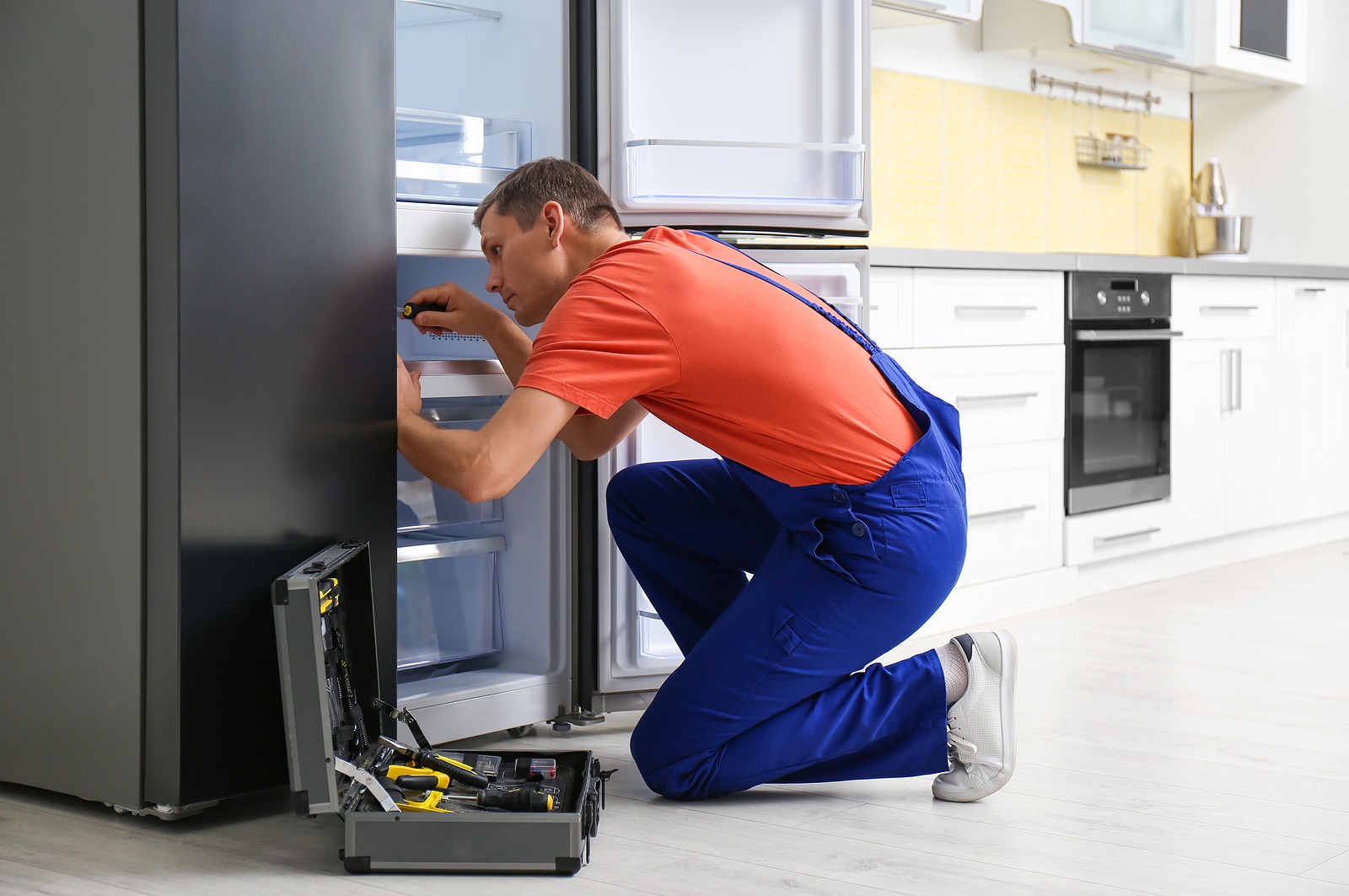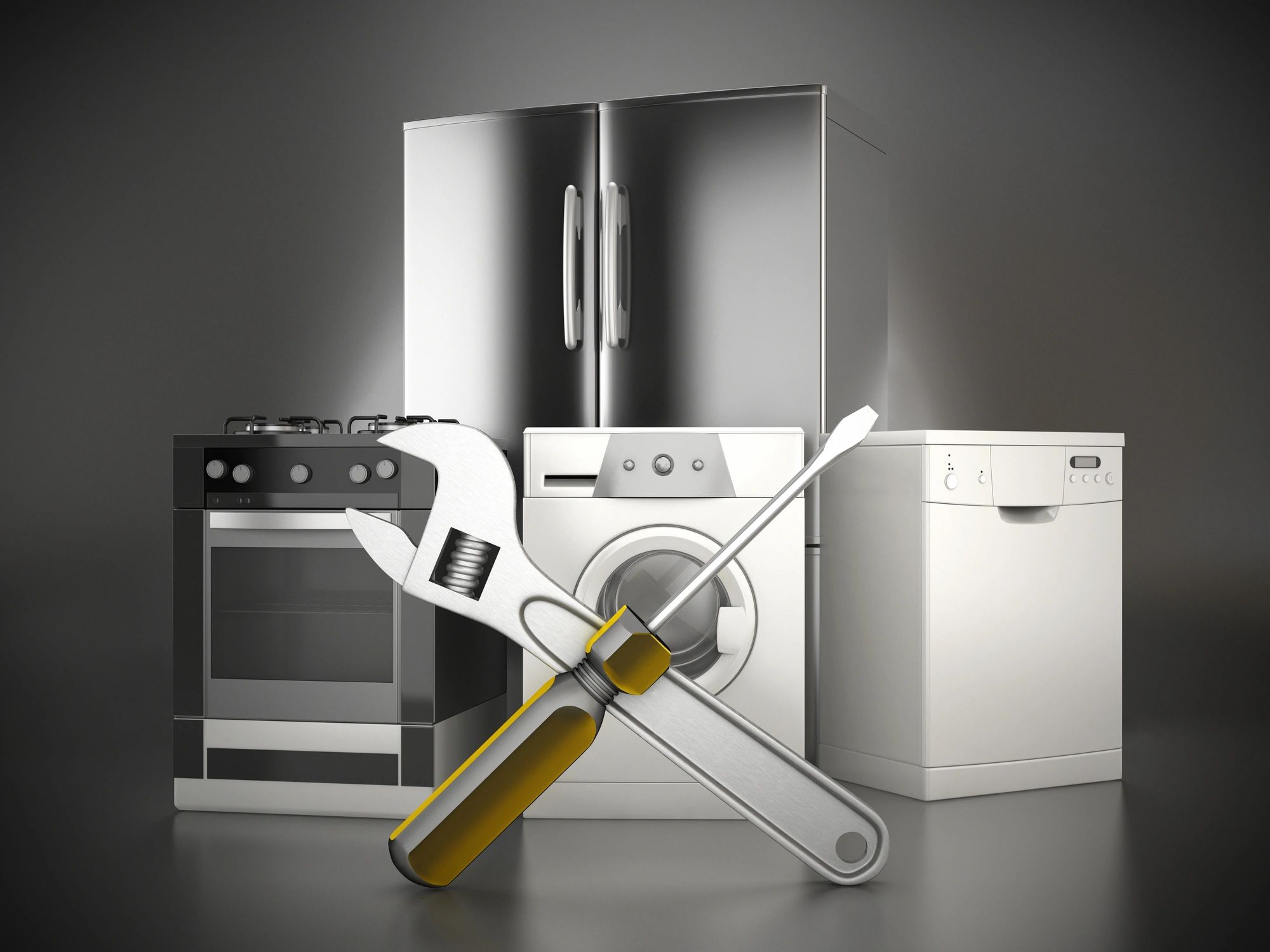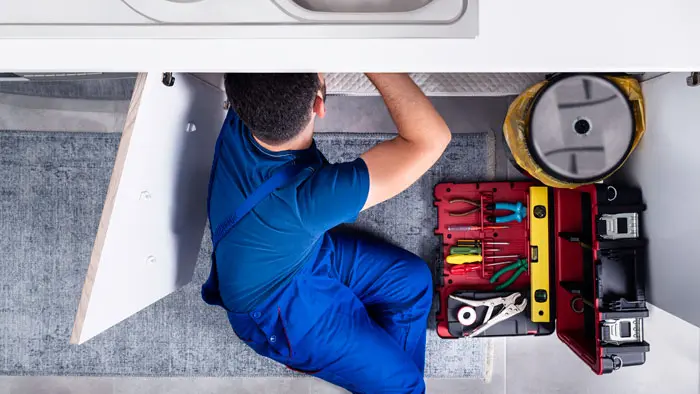The Ultimate Guide to Recognizing Home Appliance Repair Work at Home
When your fridge stops cooling or your oven rejects to heat, it can really feel frustrating. Understanding device fixing in the house can conserve you money and time. You'll find out to recognize signs, utilize crucial tools, and follow a systematic troubleshooting process. Before you begin, there are crucial safety preventative measures you need to take into account. What are one of the most typical troubles, and how can you repair them? Let's explore the basics.
Typical Home Appliance Issues and Their Symptoms
When your home appliances start breaking down, it's vital to identify the signs early on. Ignoring them can cause bigger concerns and pricey fixings. If your refrigerator isn't cooling down appropriately, you could discover warm areas or condensation developing. This could suggest a failing compressor or a blocked vent.Your dish washer may reveal issues via dirty dishes or unusual sounds throughout cycles. If you listen to grinding or clanking, it's time to investigate.A washing equipment that won't spin or drain can leave you with soaked laundry, suggesting a clogged up drainpipe or a malfunctioning pump.Lastly, if your stove's temperature level appears off or it takes for life to pre-heat, you could be managing a damaged thermostat. By remaining sharp to these symptoms, you can resolve problems prior to they intensify right into major repair work.
Important Tools for Device Repair Work
When you're taking on device repairs in the house, having the right tools is essential. Basic hand devices like screwdrivers and pliers will assist you take apart and take care of numerous appliances, while electric testing gadgets guarantee you're functioning safely with wiring. Allow's go over what you require to get going on your fixing journey.
Fundamental Hand Tools
Having the right tools is crucial for reliable device repair service in your home. Start with a dependable screwdriver collection, consisting of both flathead and Phillips types, as screws prevail in device assembly. Pliers are likewise important; they aid with gripping, turning, and cutting cables or little components. A set of needle-nose pliers can reach difficult situations quickly. You'll require a great adjustable wrench for tightening up or loosening nuts and screws. An utility knife is helpful for puncturing packaging or insulation. Finally, do not neglect a tough workbench or surface to safely organize your devices and parts. With these basic hand devices, you'll be well-prepared to tackle most device repair work that come your means.
Electric Screening Tools
Together with fundamental hand tools, electric testing gadgets play a necessary function in appliance repair. These tools aid you detect electrical issues and assurance devices function safely. A multimeter is vital; it measures voltage, present, and resistance, permitting you to pinpoint issues swiftly. A non-contact voltage tester is another must-have, allowing you discover real-time cords without making direct contact, improving your security. Secure meters are great for determining existing flow in cables without separating them, saving you effort and time. Furthermore, circuit testers can swiftly examine if electrical outlets are functioning correctly. By making use of these gadgets, you'll simplify your troubleshooting procedure and improve your repair abilities, making device upkeep a lot much easier.
Step-by-Step Overview to Diagnosing Device Issues
When your device breaks down, it can be discouraging, yet diagnosing the issue doesn't need to be overwhelming. You'll find out to recognize typical issues and use effective repairing strategies. Allow's walk through the steps to obtain your home appliance back in working order.
Common Appliance Problems

Troubleshooting Strategies Described

Fixing Major Kitchen Area Home Appliances: A Closer Look
Have you ever asked yourself how to tackle typical concerns with your cooking area appliances? Repairing major kitchen area appliances like fridges, stoves, and dishwashing machines can be easier than you believe. Begin by determining the issue-- whether it's a refrigerator not cooling or an oven that won't warm. Typically, a straightforward reset or inspecting the power source can solve the issue.For refrigerators, clean the condenser coils and inspect the door seals. If your stove's not heating, inspect the burner and thermostat. Dishwashers could just require a tidy filter or a reset to obtain them back in activity. Always unplug the home appliance prior to diving into repairs to guarantee your safety.Don' t forget to get in touch with the user manual for details fixing tips related to your model. With a little bit of perseverance and the right devices, you can with confidence take on device repairs and save cash while doing so!

Fixing Laundry Appliances: Tips and Techniques
When your laundry home appliances begin breaking down, it can really feel overwhelming, but repairing them doesn't need to be a hassle. Begin by inspecting the power supply. Validate the appliance is plugged in and the electrical outlet is operating. Next, inspect the door or lid switch; a defective button can protect against the equipment from operating.For washers, if it's not spinning, examine for unbalanced tons. Rearranging the clothing might solve the concern. If your clothes dryer isn't home heating, tidy the lint filter and inspect the air vent for blockages.Listen for uncommon sounds; they can indicate a problem. If your device is leaking, examine the hoses for fractures or loosened connections. Document any error codes presented on electronic displays, as they can assist you in identifying the issue. Get in touch with the individual manual for specific fixing ideas associated to your design.
Safety And Security Precautions to Take Throughout Services
Prior to you begin any home appliance repairs, it's website vital to focus on security to avoid mishaps or injuries. Disconnect the device or transform off the circuit breaker to ensure no power reaches it while you work. Usage shielded devices to reduce the danger of electrical shock. Wear safety and security goggles and handwear covers to safeguard yourself from sharp edges or debris (Kenmore Dryer Repair Oro Valley Dependable Refrigeration & Appliance Repair Service).Make certain your workspace is clean and well-lit, so you can see what you're doing. Keep kids and family pets away from the area to stay clear of disturbances and possible risks. If you're handling gas appliances, be extra cautious; check for leaks prior to proceeding.Take your time, and don't rush through fixings. If you feel unsure concerning any type of action, it's much better to stop and study than to presume. Adhering to these safety measures will certainly help develop a more secure environment for your DIY home appliance repair project
When to Call a Professional for Help
How do you recognize if it's time to call a specialist for home appliance repair services? If you have actually tried basic troubleshooting without success, it's a clear sign. If your home appliance still won't start or reveals uncommon noises after resetting it, don't be reluctant to seek expert help.When you observe leakages, smoke, or shedding scents, prioritize security and call a pro right away. These problems can result in more considerable damage or posture threats to your home.Also, if your home appliance is under service warranty, contacting a specialist is commonly the ideal path. They can ensure that repairs won't invalidate your warranty, conserving you money in the long run.Finally, if you're not sure or uncomfortable with complicated fixings, it's sensible to leave it to the experts. Bear in mind, tackling difficult issues without the best competence can result in pricey mistakes. Trust fund a specialist when unsure!
Often Asked Inquiries
Exactly How Can I Stop Home Appliance Troubles in the Future?
To avoid device problems in the future, you need to do regular maintenance, look for damage, tidy filters, and prevent overloading. Remaining proactive will help extend their life-span and keep them running efficiently.
What Are the Most Typical DIY Appliance Repair Work Mistakes?
You could neglect safety and security precautions, miss fixing steps, or utilize wrong devices when attempting DIY appliance repair services. Rushing the procedure or neglecting producer guidelines can lead to more substantial problems and pricey errors. Stay person and educated!
Just how Do I Know if a Part Requirements Substitute?
You can inform if a component requires substitute by examining for unusual noises, leakages, or inconsistent performance. If the appliance struggles to operate correctly or reveals visible damages, it's most likely time for a substitute.
Can I Utilize Generic Parts for Appliance Repairs?
Yes, you can make use of generic components for home appliance repair work, but determine they're suitable - Maytag Washing machine repair Dependable Refrigeration & Appliance Repair Service. Common parts could save you money, however they might impact performance or durability, so evaluate your alternatives carefully prior to choosing
What Guarantees Cover Appliance Repairs?
Many appliance service warranties cover repair work for making issues, but they often omit damages from abuse. Examine your warranty terms meticulously, as some could call for making use of qualified technicians and initial components for coverage to remain legitimate.